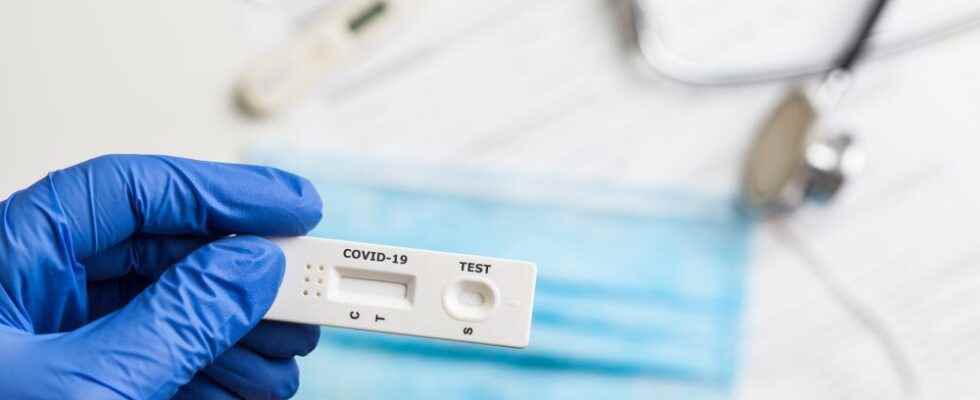Tea COVID-19 infection toll keeps growing in the London-area public school board, surfacing in almost two dozen of its schools since winter break began.
The Thames Valley District school board announced Monday evening more than 30 cases have surfaced in 23 of its 161 schools, including outbreaks at one London high school, AB Lucas, and at two elementary schools, John Dearness and Emily Carr.
Some of the schools on the latest infection list were closed before holidays began last Friday – among more than a dozen such schools between the area public and Catholic boards that closed because of student and staff infection numbers or because it was too difficult to keep them open with the available staff due to quarantines.
Across the province, a total of 1,288 schools on Tuesday were reporting 11,543 COVID cases since the school year began, 339 more boxes than the day before, as the highly transmissible Omicron variant rapidly spreads.
NDP education critic Marit Stiles said it might not have reached this level of infection if the Education Ministry had acted sooner.
“The rapid tests they sent home with kids they refused to make available to families and kids earlier in the fall. I think that might have helped us quite a lot, ”Stiles said, adding the kits should also have been made available to teachers and education workers before the schools closed for the winter break.
Ontario’s two million students, including those in the London area, were sent home by Friday with kits containing five rapid antigen tests to be used every few days over the holidays. Teachers and other education workers weren’t included in the handout.
Prachi Srivastava, a Western University professor who researches equity in schools, agrees there were many measures the provincial government could have implemented but didn’t to slow the spread of COVID.
“Smaller classrooms weren’t taken into consideration and rapid tests were not deployed until now and now is the (Christmas) break,” Srivastava said. “That would have been a strategy that would have kept (COVID-19) in check.
“For example, if there was daily rapid testing of all the students at home before they came to school, in addition to other measures, then you would be able to catch the infections before they come into the school.”
Caitlin Clark, a spokesperson for the Education Ministry, released the following emailed statement:
“Every step of the way, we have implemented the advice of the chief medical officer of health and Ontario’s Science Table – including improving ventilation in every school, deploying 70,000 portable HEPA units, high-quality masks, along with expanded testing options and 2,000 more staff hired to support safer schools. Our government proactively deployed take-home PCR tests to all schools and 11 million rapid antigen tests directly to all students learning in schools – the only province to do both – part of our ongoing commitment to protect students, staff, and families. ”
The Thames Valley board late Monday identified probable or confirmed cases at the following schools:
- AB Lucas secondary (four cases, outbreak declared)
- Byron somerset elementary
- College Avenue secondary (two cases)
- Emily Carr elementary (three cases, outbreak declared)
- Glen Cairn elementary
- Hickson Central elementary
- Ingersoll District Collegiate Institute
- John Dearness elementary (three cases, outbreak declared)
- Kensal Park French immersion elementary
- Northdale Central elementary
- Northdale elementary
- Northridge elementary
- Oakridge secondary
- Pierre Elliott Trudeau French immersion elementary
- Ryerson elementary
- Saunders secondary
- Sir Arthur Currie elementary
- Sir Wilfrid Laurier secondary (two cases)
- Stoney creek elementary
- West Nissouri elementary
- Wilberforce elementary (three cases)
- Winchester Street elementary
- Woodland heights elementary
